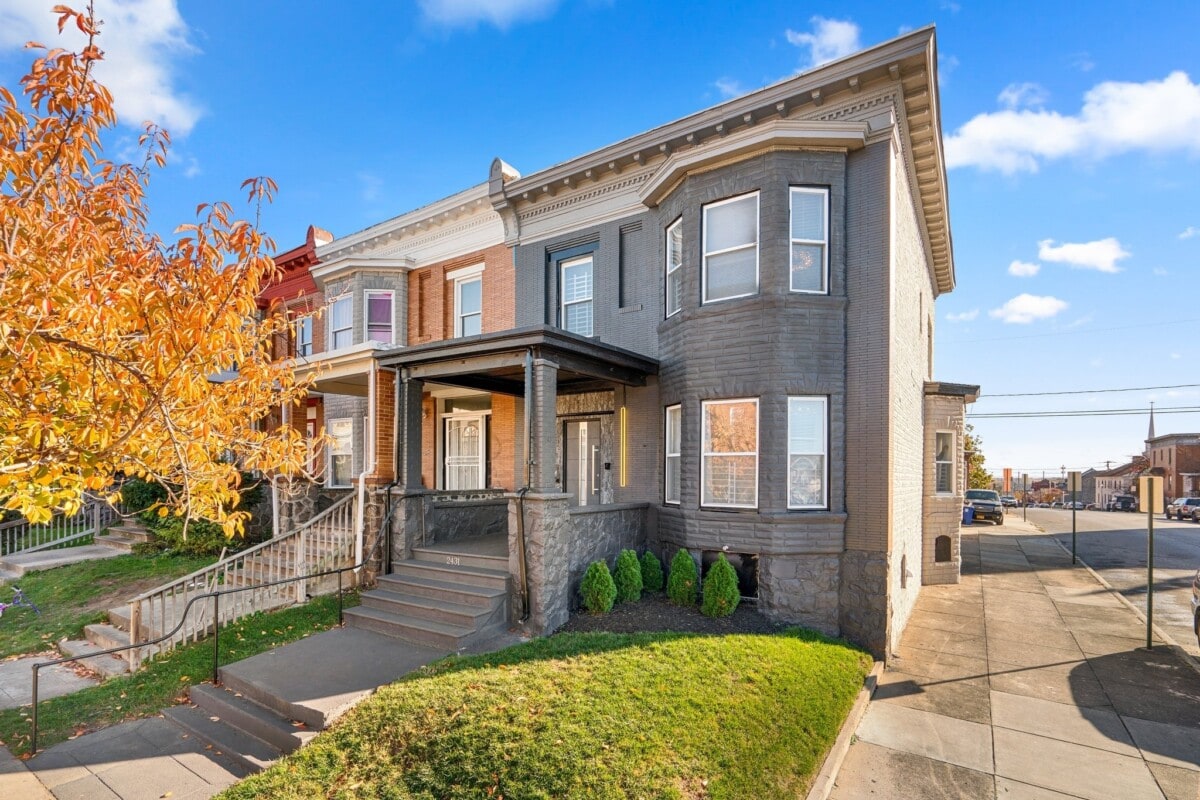Canada’s housing narrative flipped from shortage to surplus faster than you can say “speculative bubble.” Desjardins economist Kari Norman notes that new housing starts fell sharply last month, while new homebuilding permits hit a record—demonstrating red tape isn’t the problem. Meanwhile, the number of newly completed but unsold homes is the highest in a generation. Norman asks a question policymakers refuse to ask: Will Canada be able to absorb the supply?
Canadian New Home Starts Fall, But Permits Show Red Tape Isn’t The Issue
Residential building permits surged to nearly 350,000 units in August, a new record high. The volume was already elevated heading into 2020, but the low-rate fueled real estate frenzy sent permits into the stratosphere.
Despite that, new housing starts are falling. The seasonally adjusted annual rate (SAAR) dropped to 245,800 units in August, down 16% from July. The gap between permits and starts has never been wider—undermining the claim that red tape is the main bottleneck.
This isn’t a supply problem. It’s a demand one.
Canadian Real Estate Developers Have Historically High Unsold Inventory

Norman contrasts the surge in permits with rising unabsorbed inventory—particularly in multi-family housing. Nearly 12,000 unsold units were reported in August, about 50% above the long-term average. It’s the largest glut of completed, unsold homes in at least 25 years, raising red flags about excess supply in a segment once thought untouchable.
A whole generation has never seen this much finished inventory sitting vacant without buyers. Even pricier single-family homes that remain unsold are still at relatively healthy levels.
This is a rare dynamic for Canadian real estate. Typically, most new homes are bought by investors during pre-construction, minimizing builder exposure. But that’s clearly broken—developers are now holding historic volumes of completed homes with no buyers in sight.
Canadian Real Estate Has Too Much Supply. Will Demand Return?
Rising inventory points to a clear mismatch between completions and demand at current prices. There’s a massive volume of housing in the pipeline—but Norman raises the real question: Can Canada absorb it?
Pre-construction demand is virtually dead. New home sales in major markets like Toronto have plunged to record lows. At the same time, existing homes have seen new listings surge to record highs, further flooding the market with supply.
Policymakers keep insisting that “building more” will fix housing, suggesting there’s a supply shortage. It’s accompanied by billions spent annually on stimulus to hasten supply. In reality, the data shows the contrary—there’s a surplus of homes at this price. Home prices remain deeply unaffordable for end-users, and speculators have run out of leverage for the casino tables.
Normally, oversupply leads to falling prices but input costs continue to rise. This is applying margin pressure for homebuilders, limiting their ability to cut prices. It’s a strange dynamic: demand has collapsed, yet construction costs won’t budge.
Ironically, the same state-backed building stimulus pitched as an affordability tool is propping up costs. Infrastructure spending is stabilizing input demand, blocking the normal deflation that follows a demand shock. It’s starting to look less like a housing plan and more like price floor reinforcement.
But of course, policymakers only act in the public’s best interests. Right?



















 English (US) ·
English (US) ·